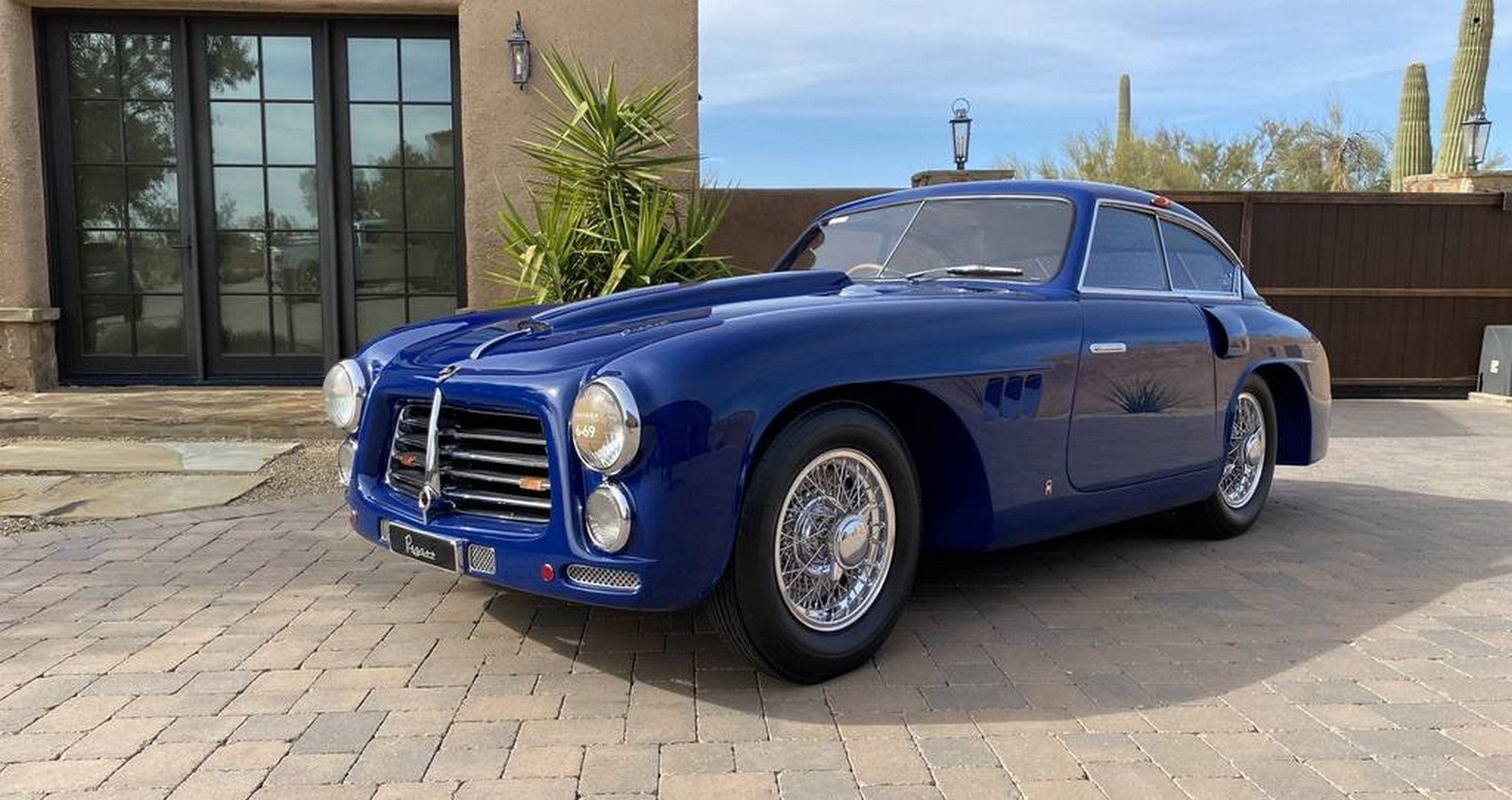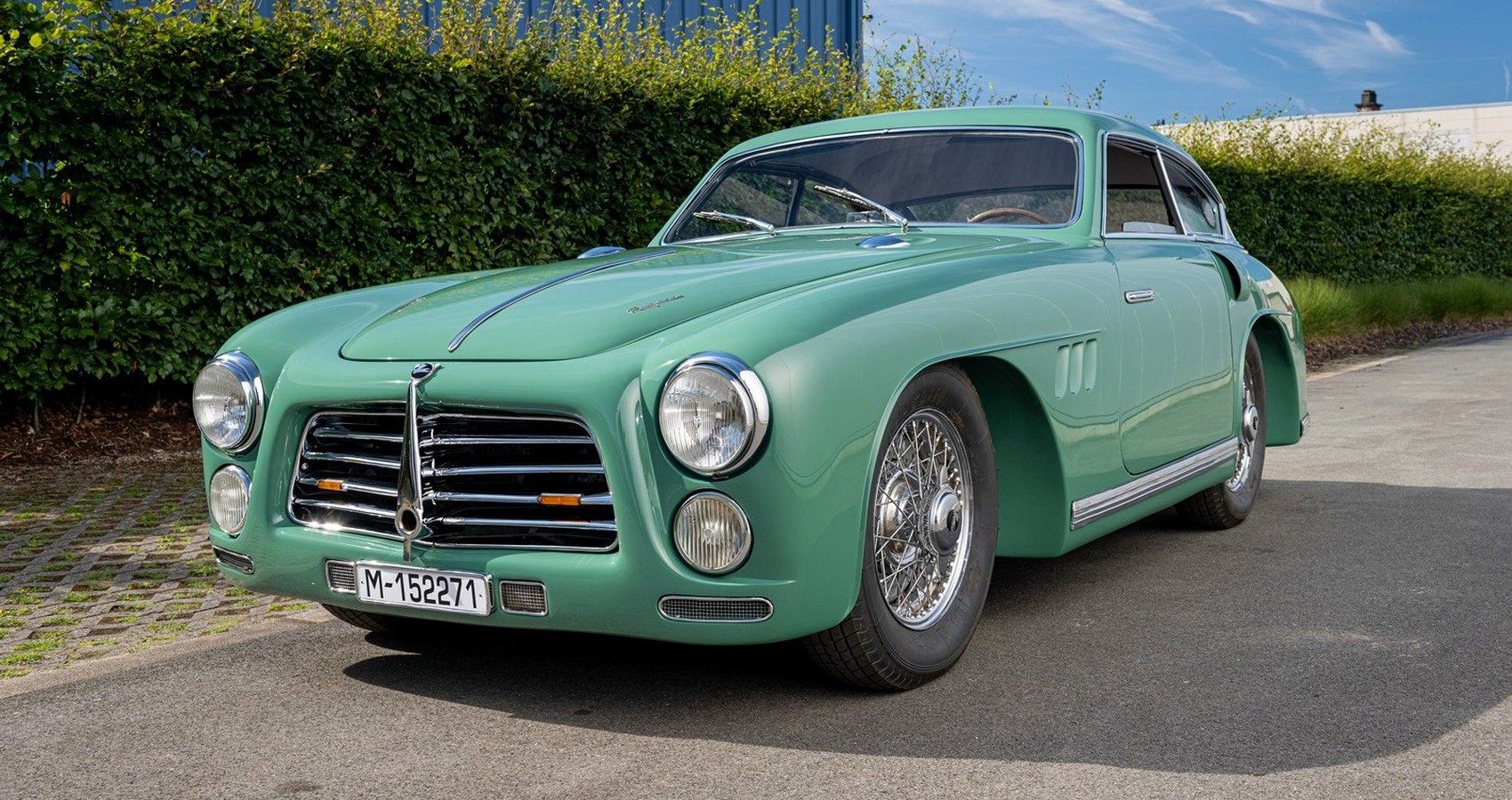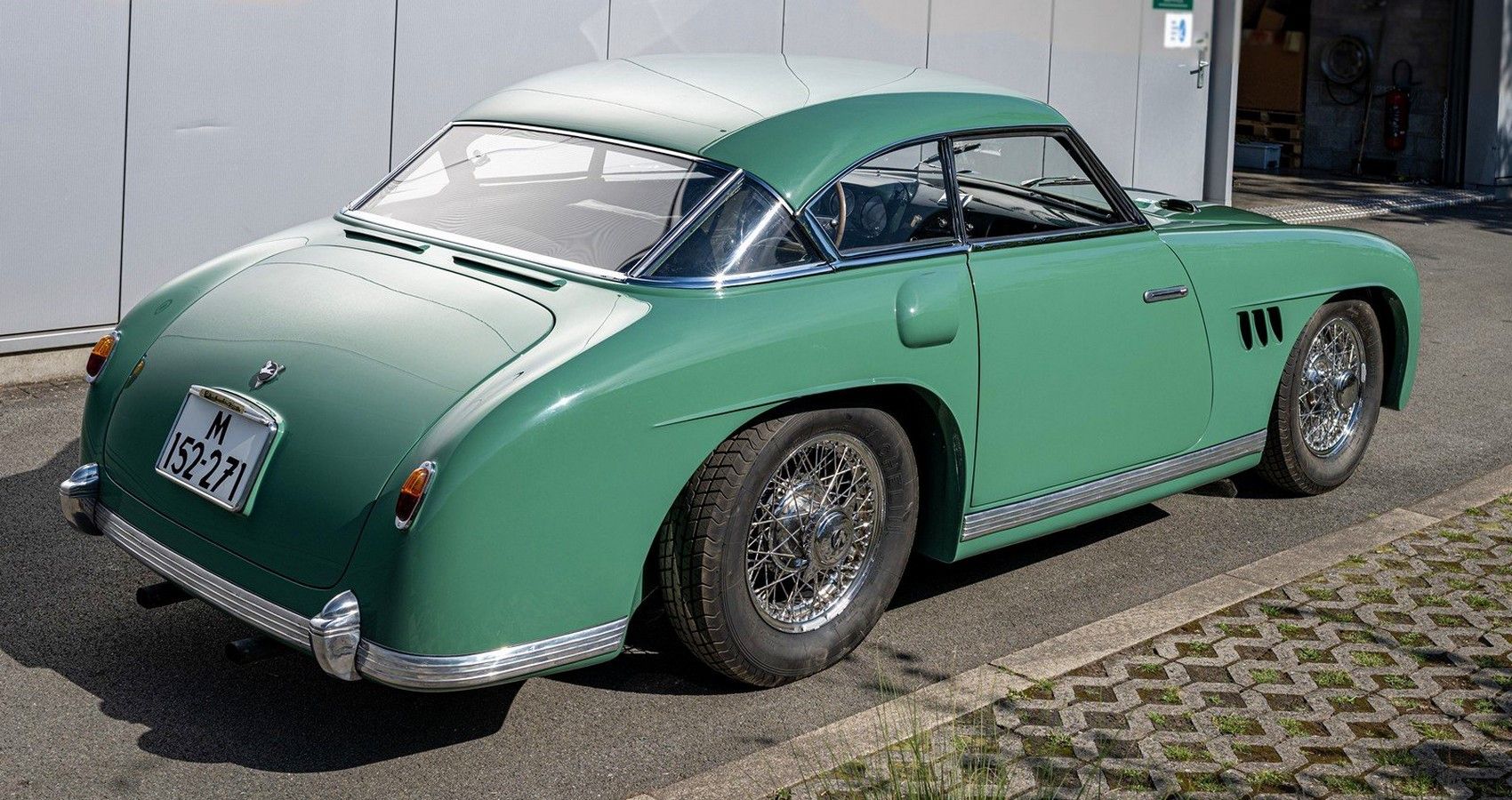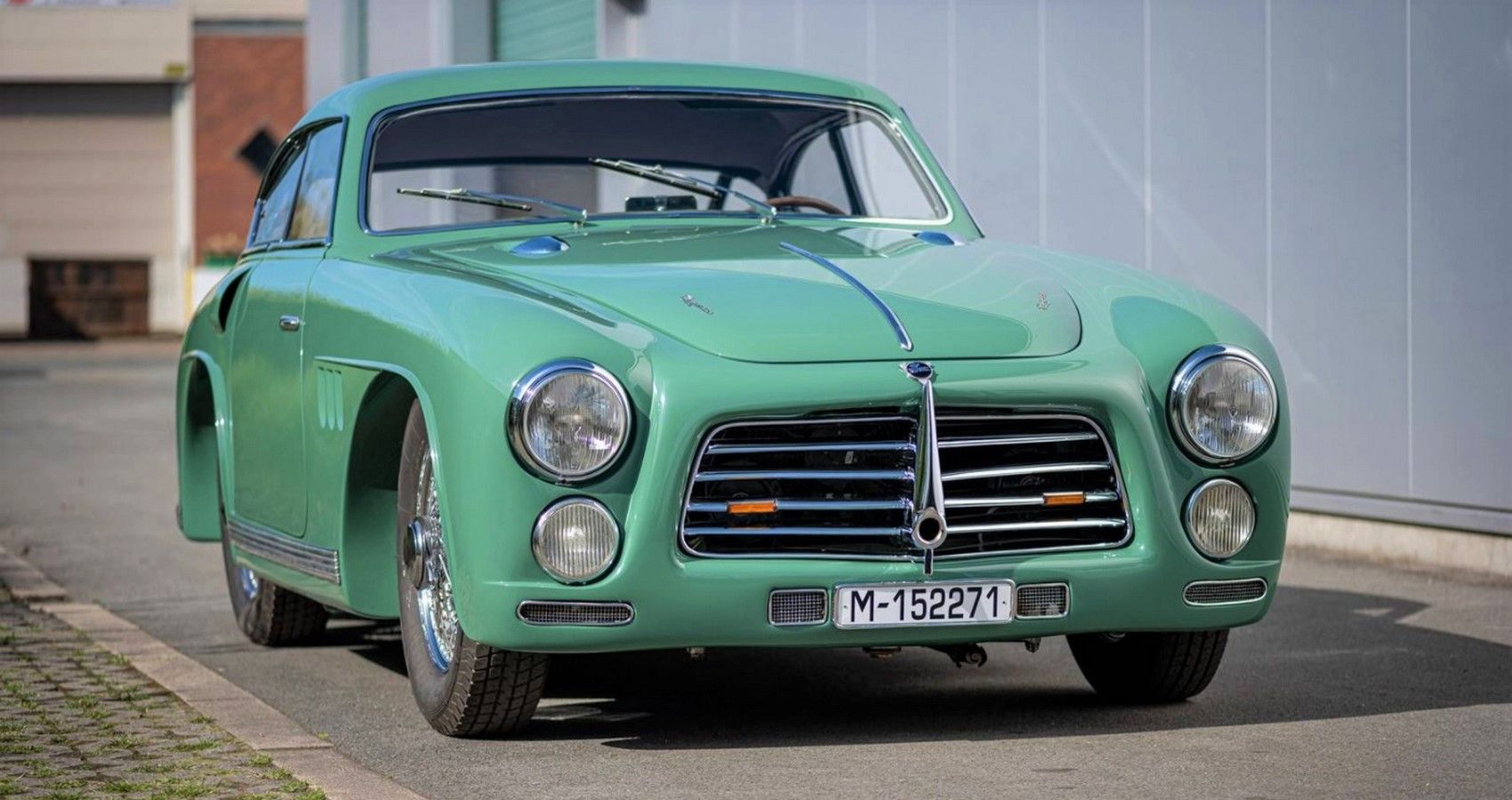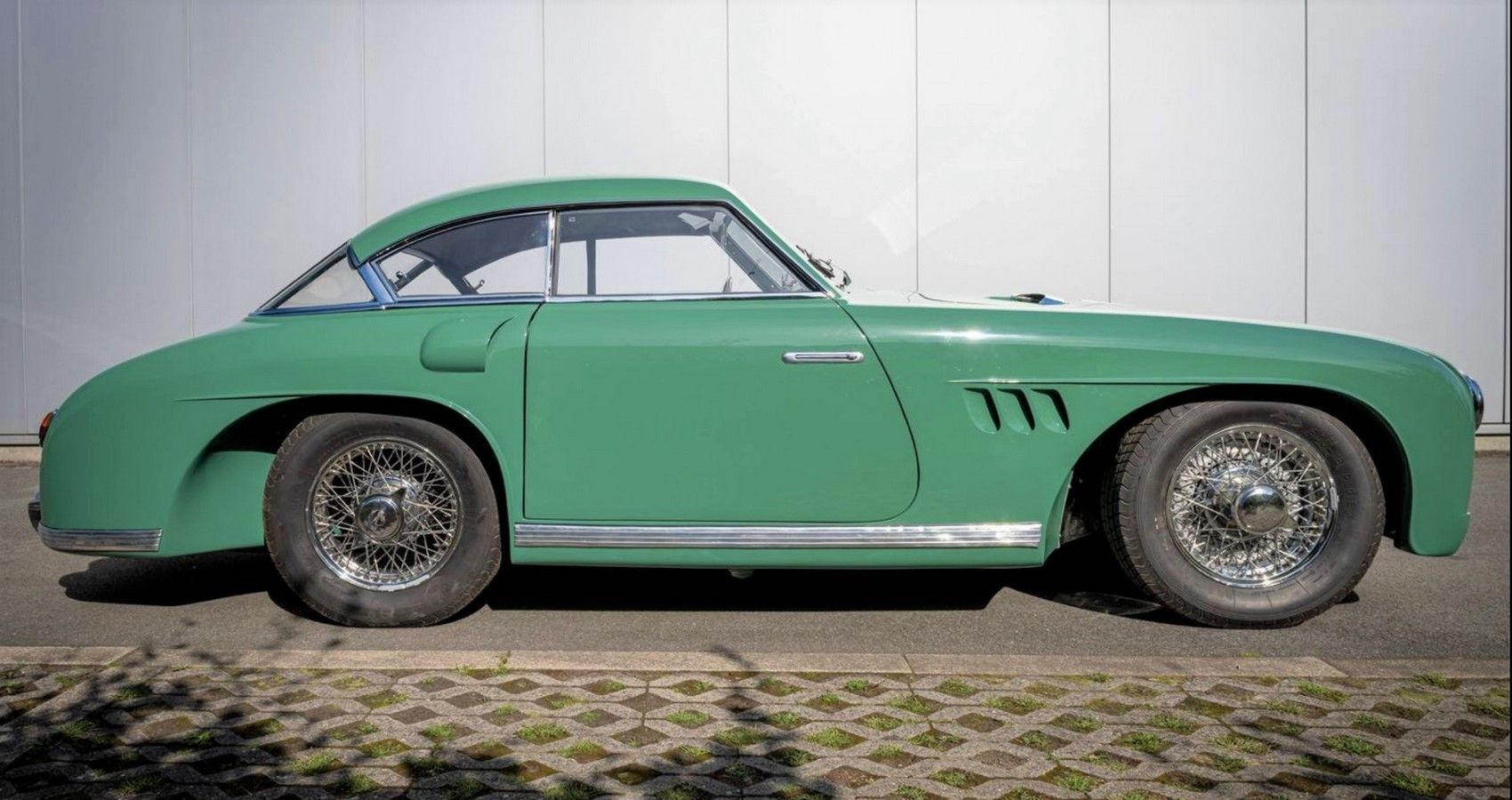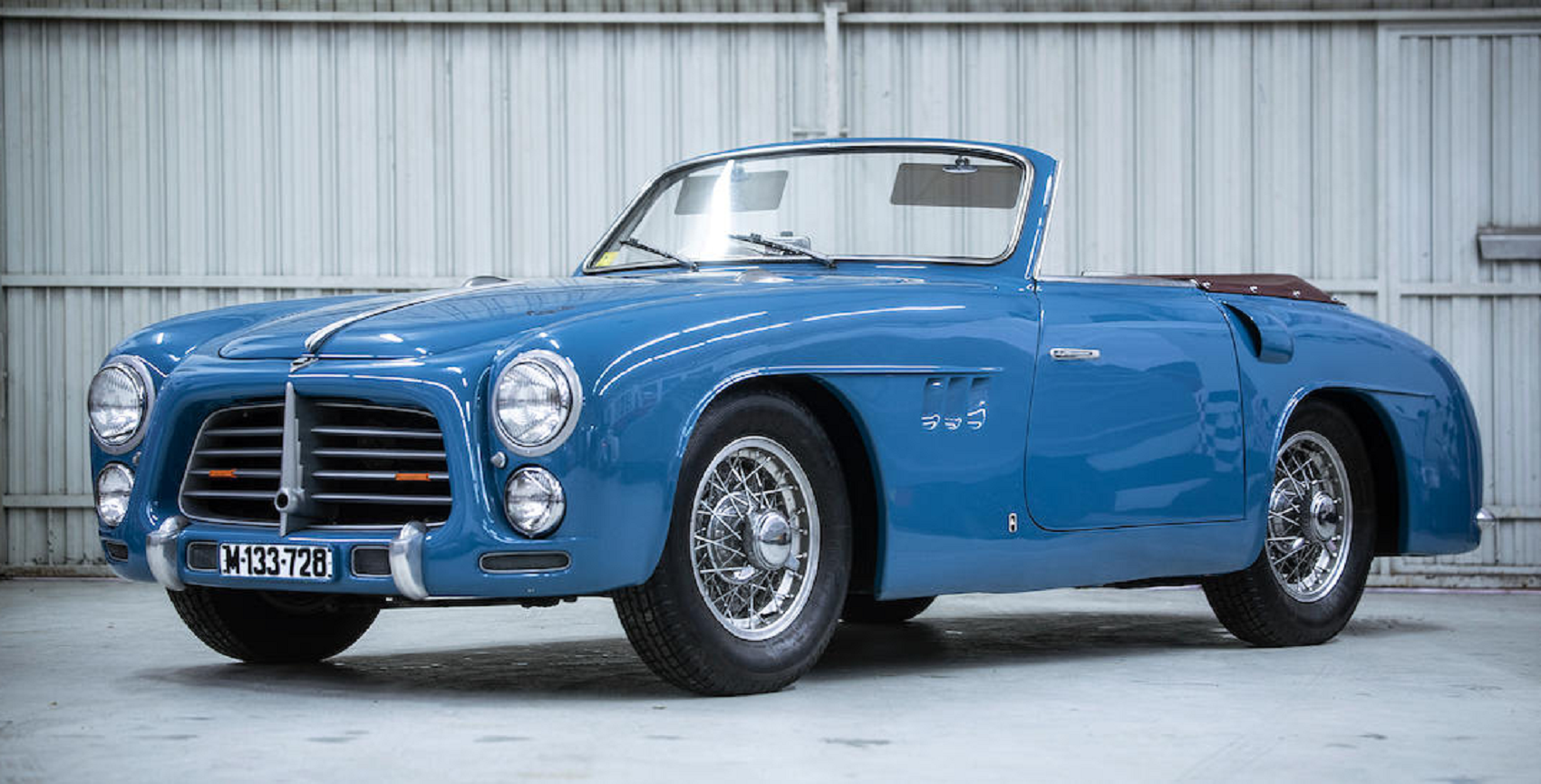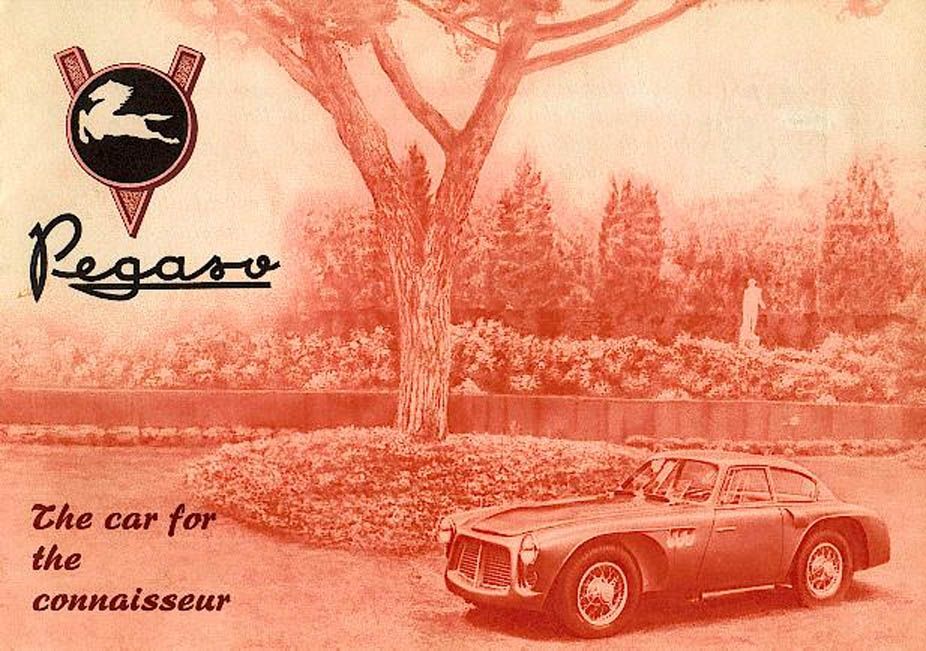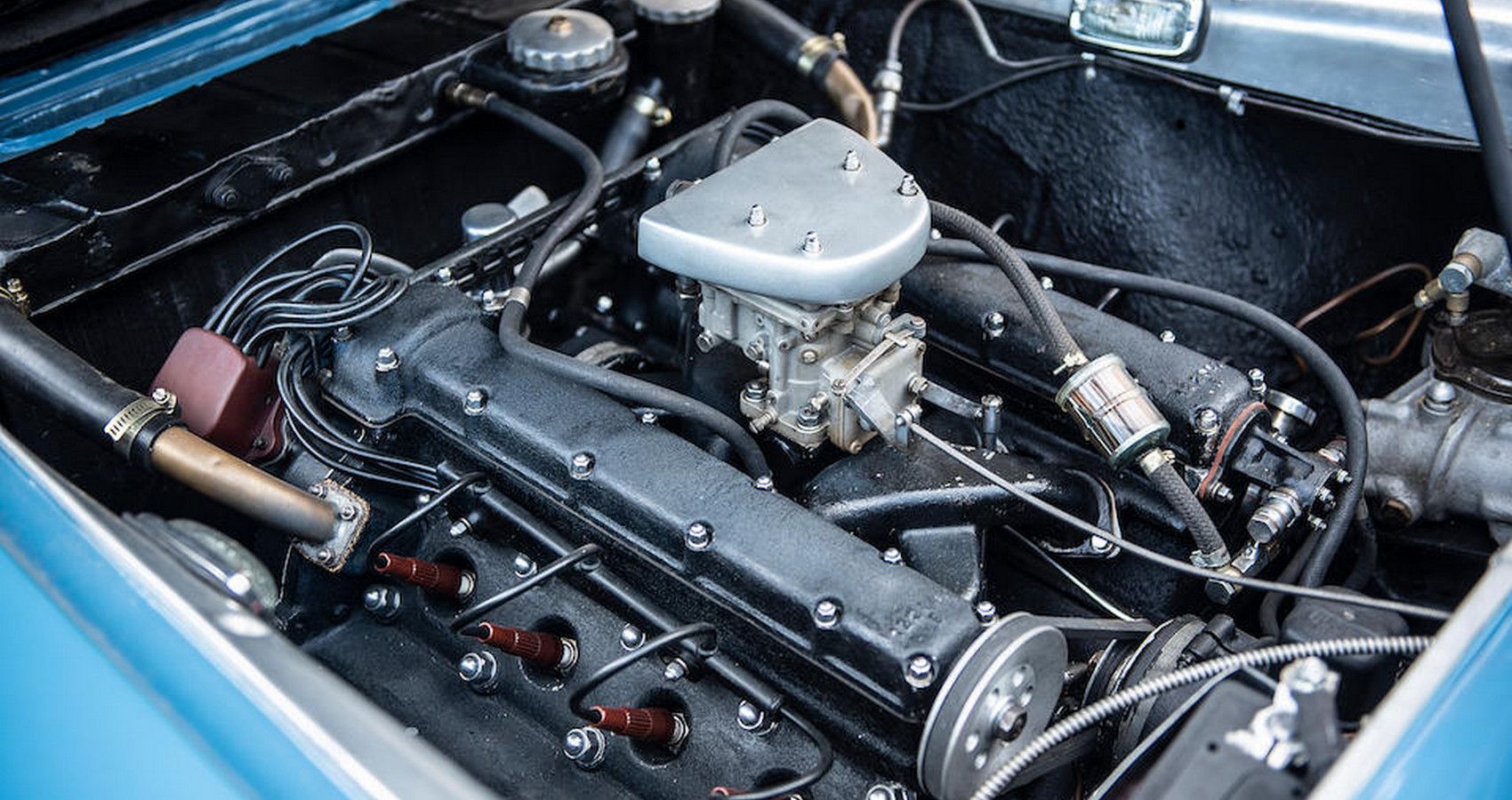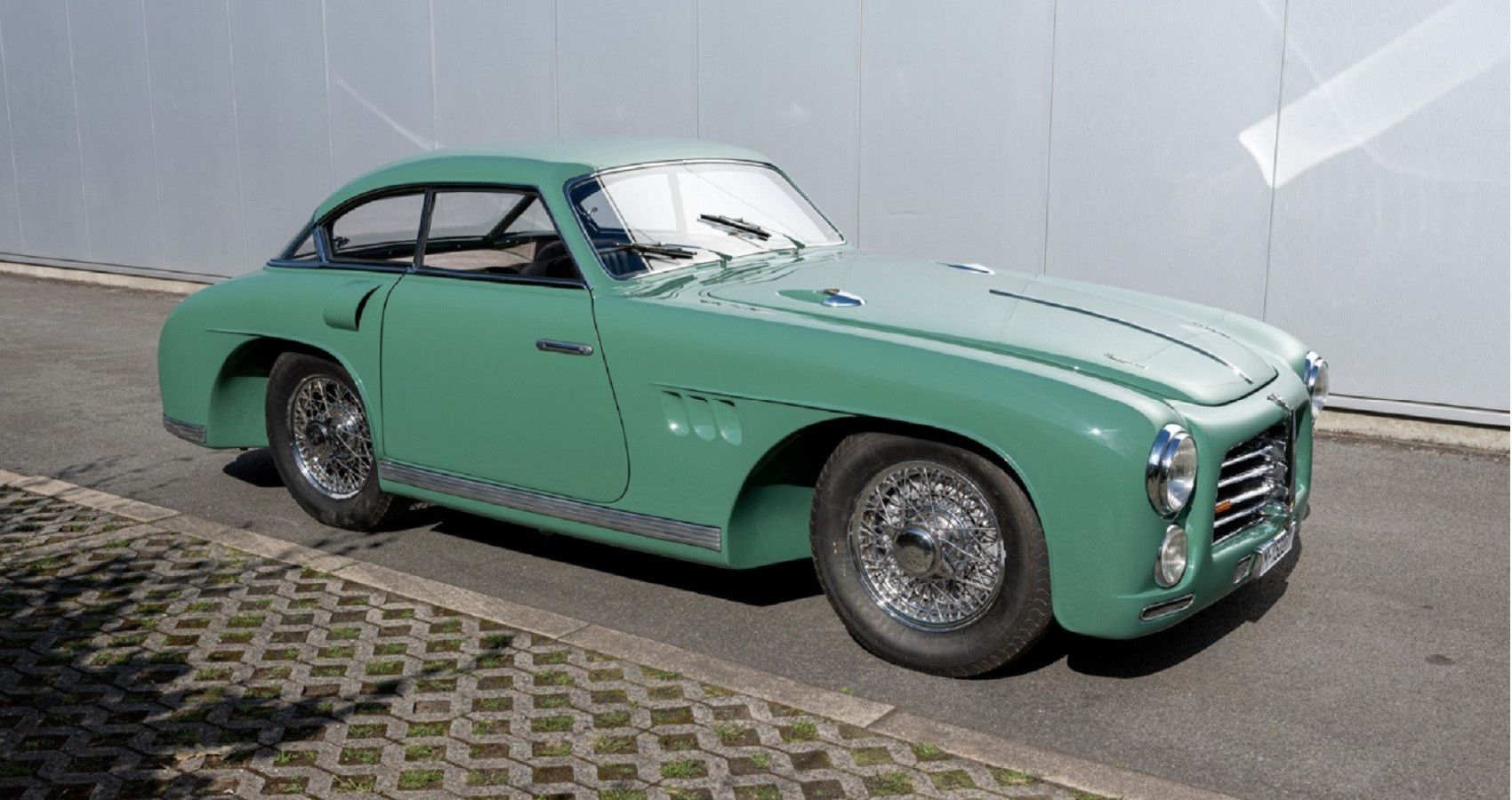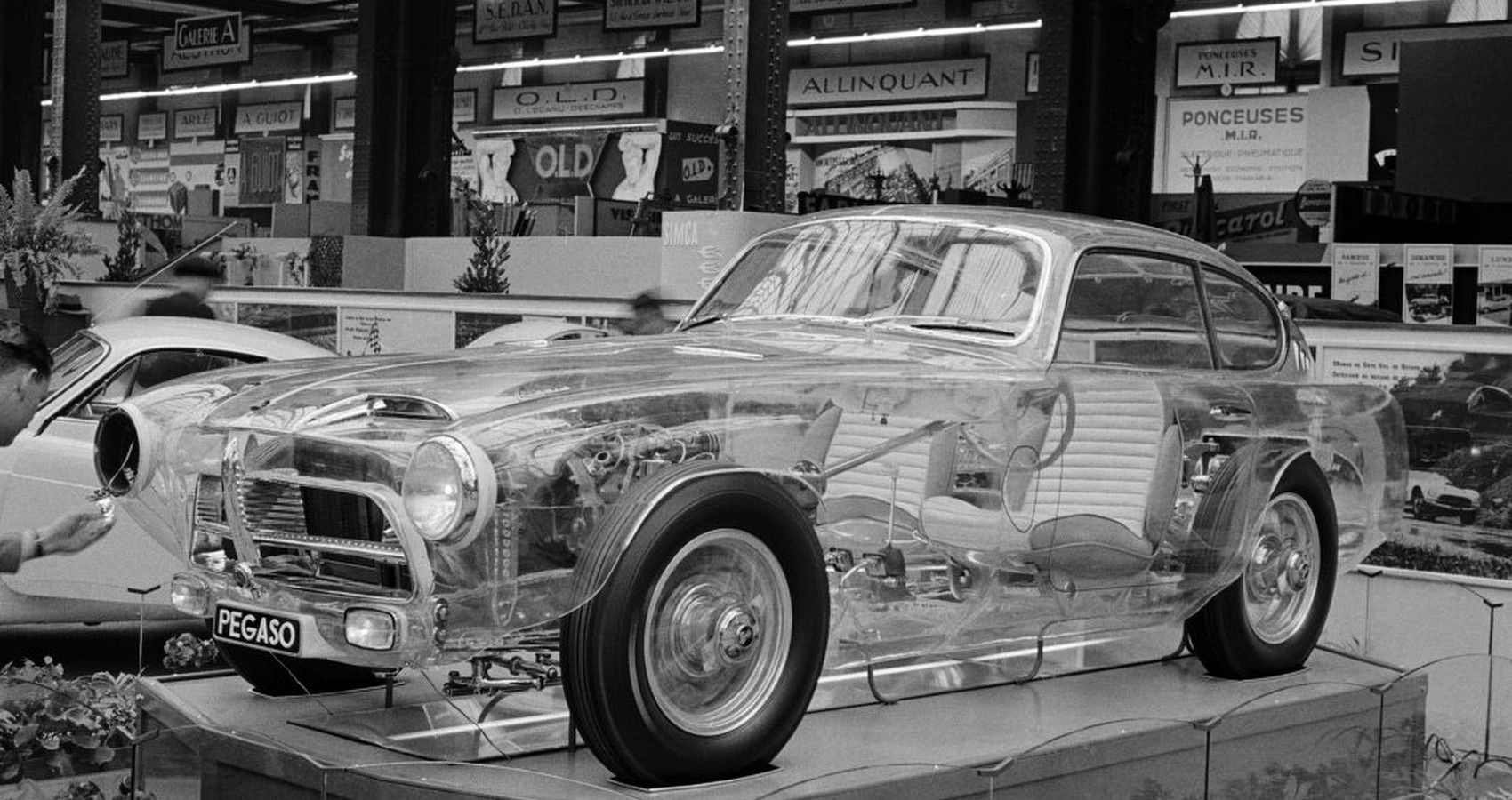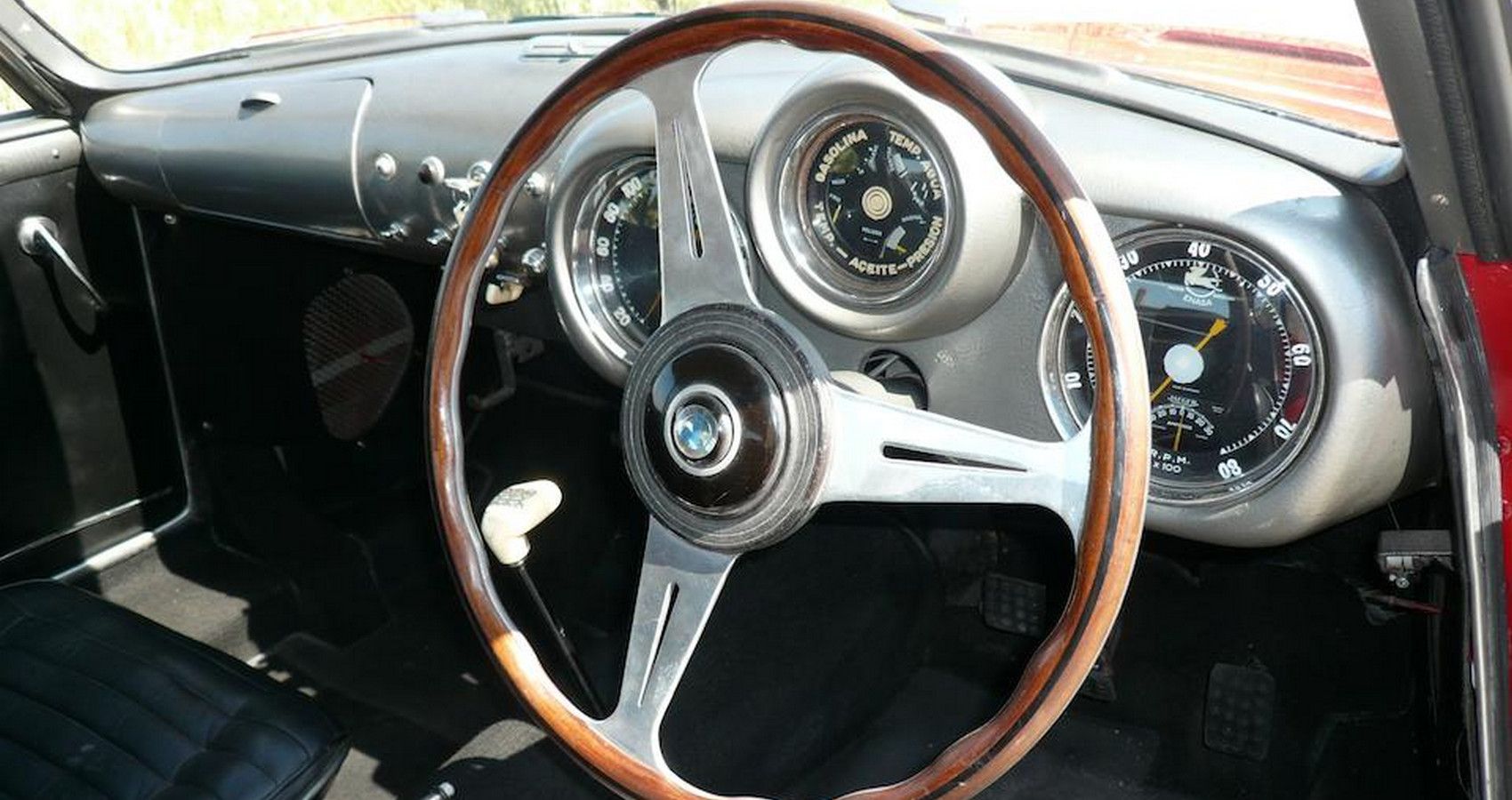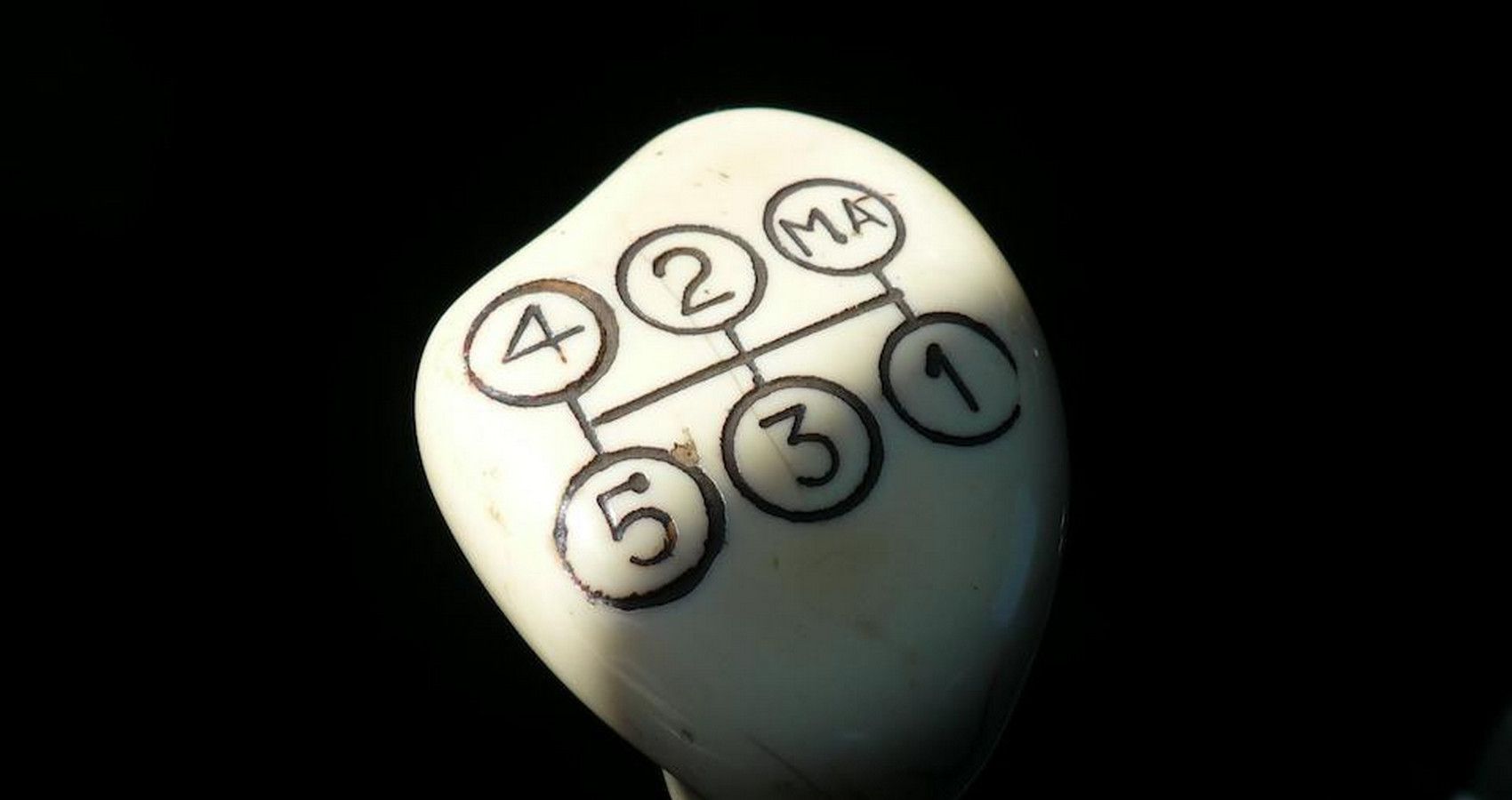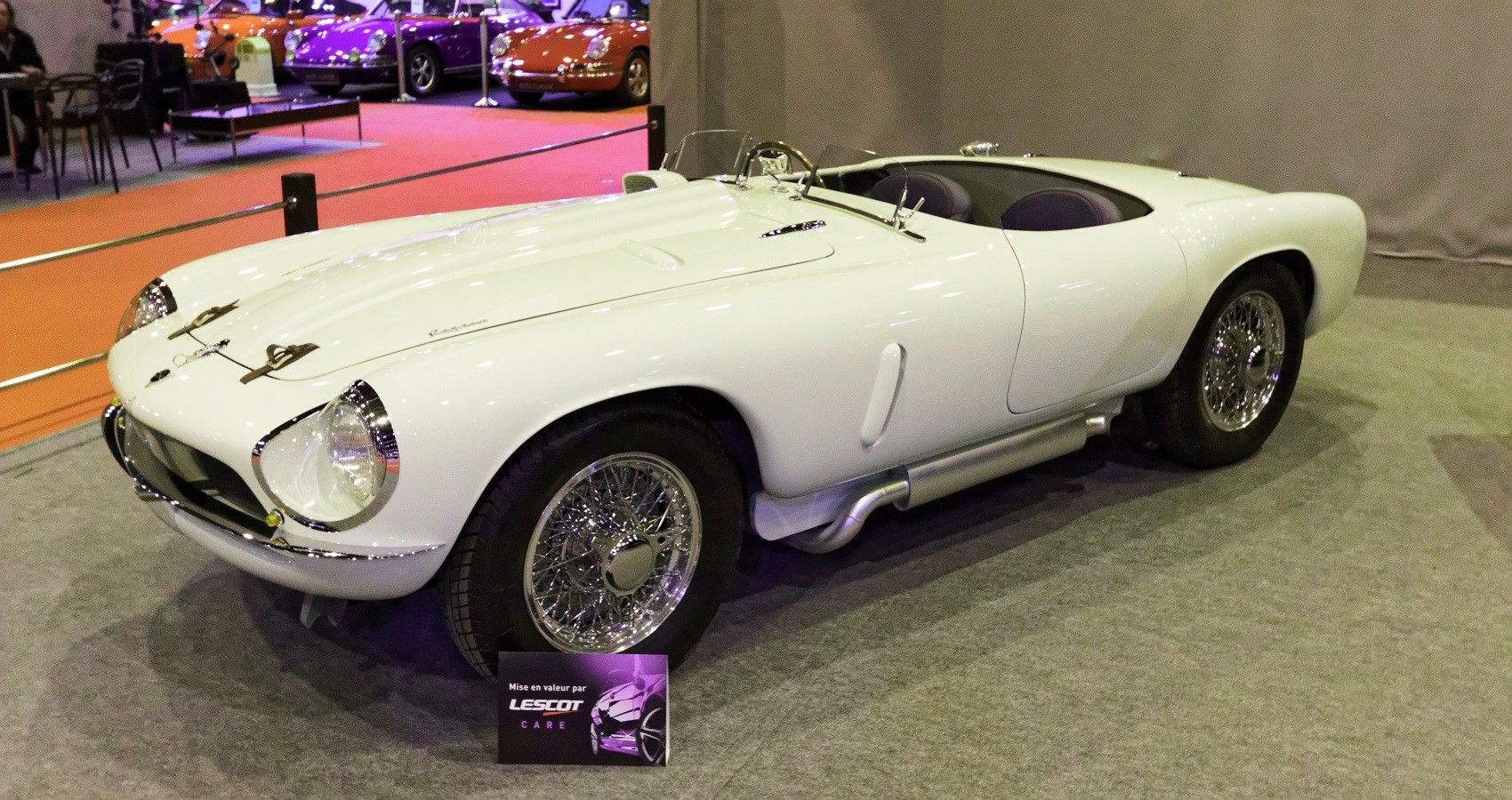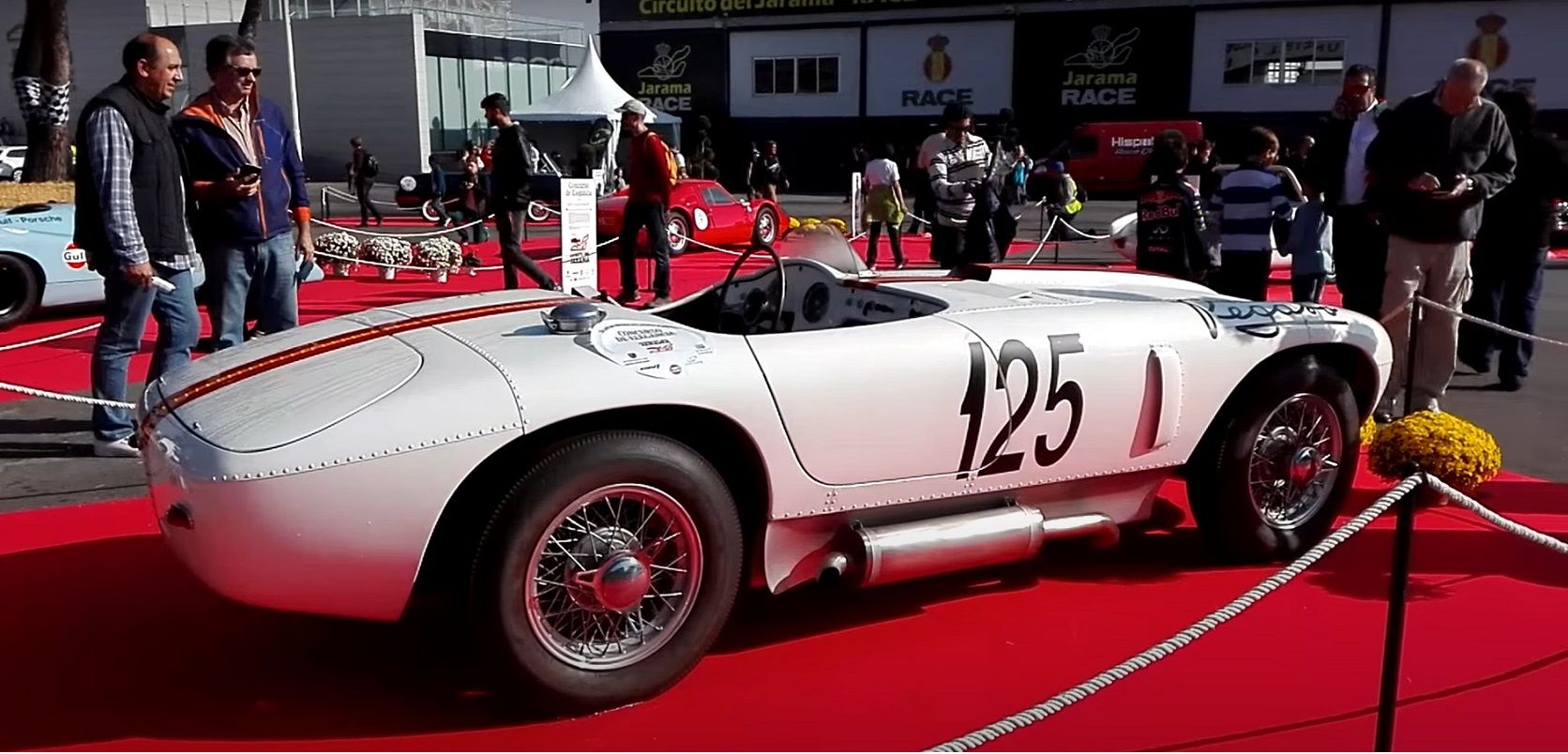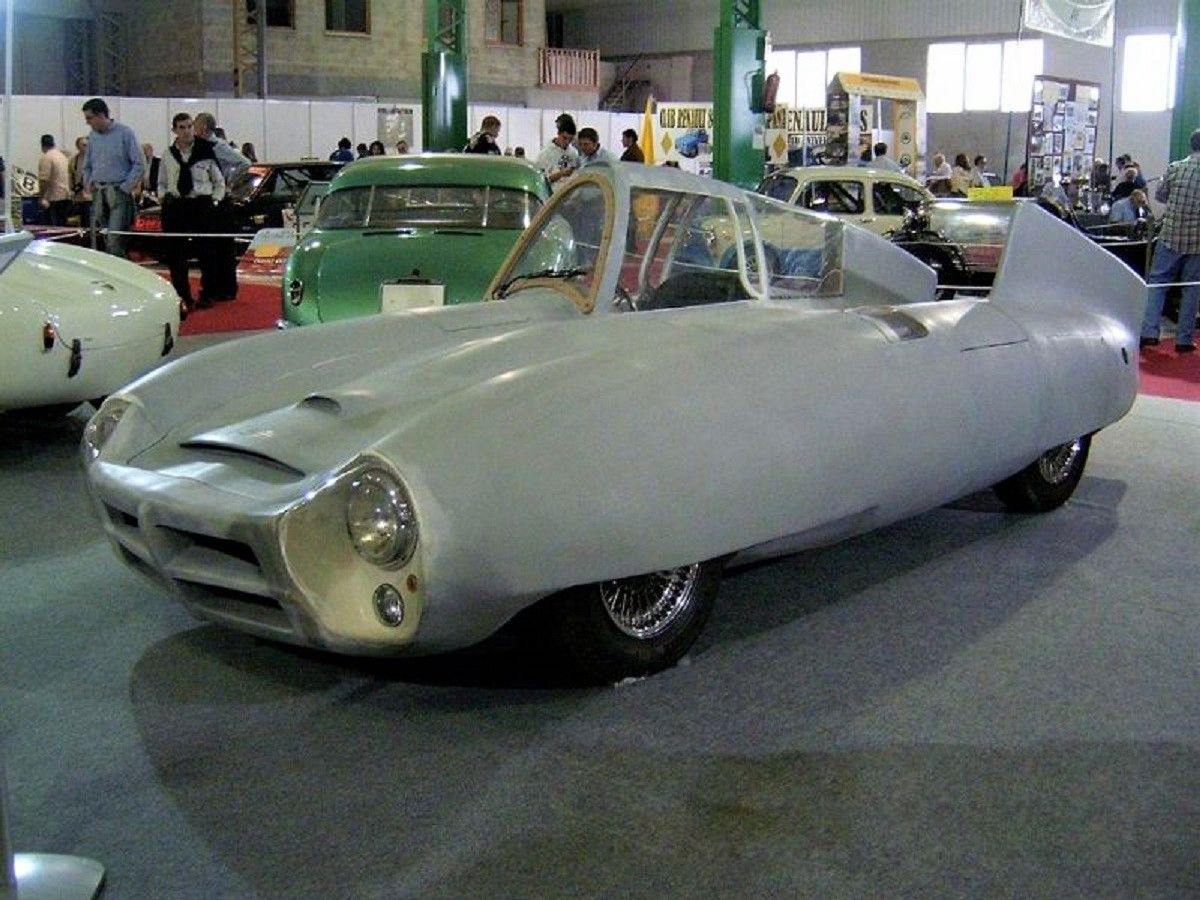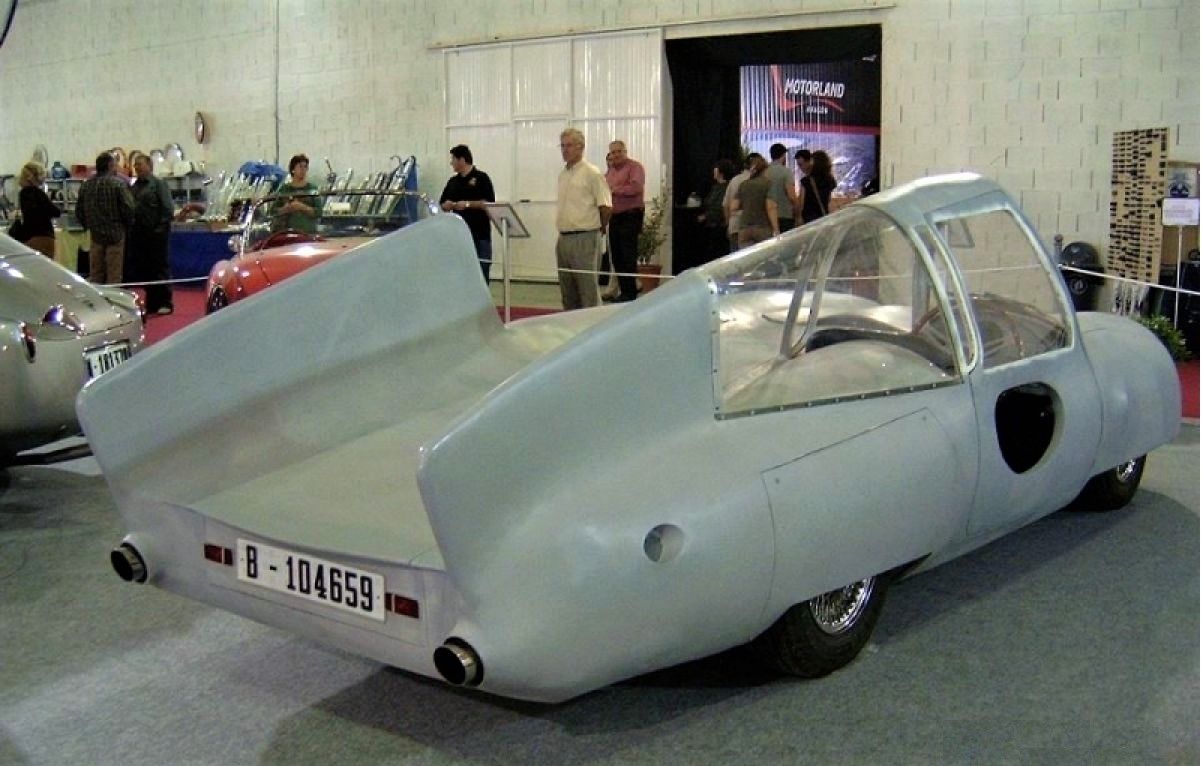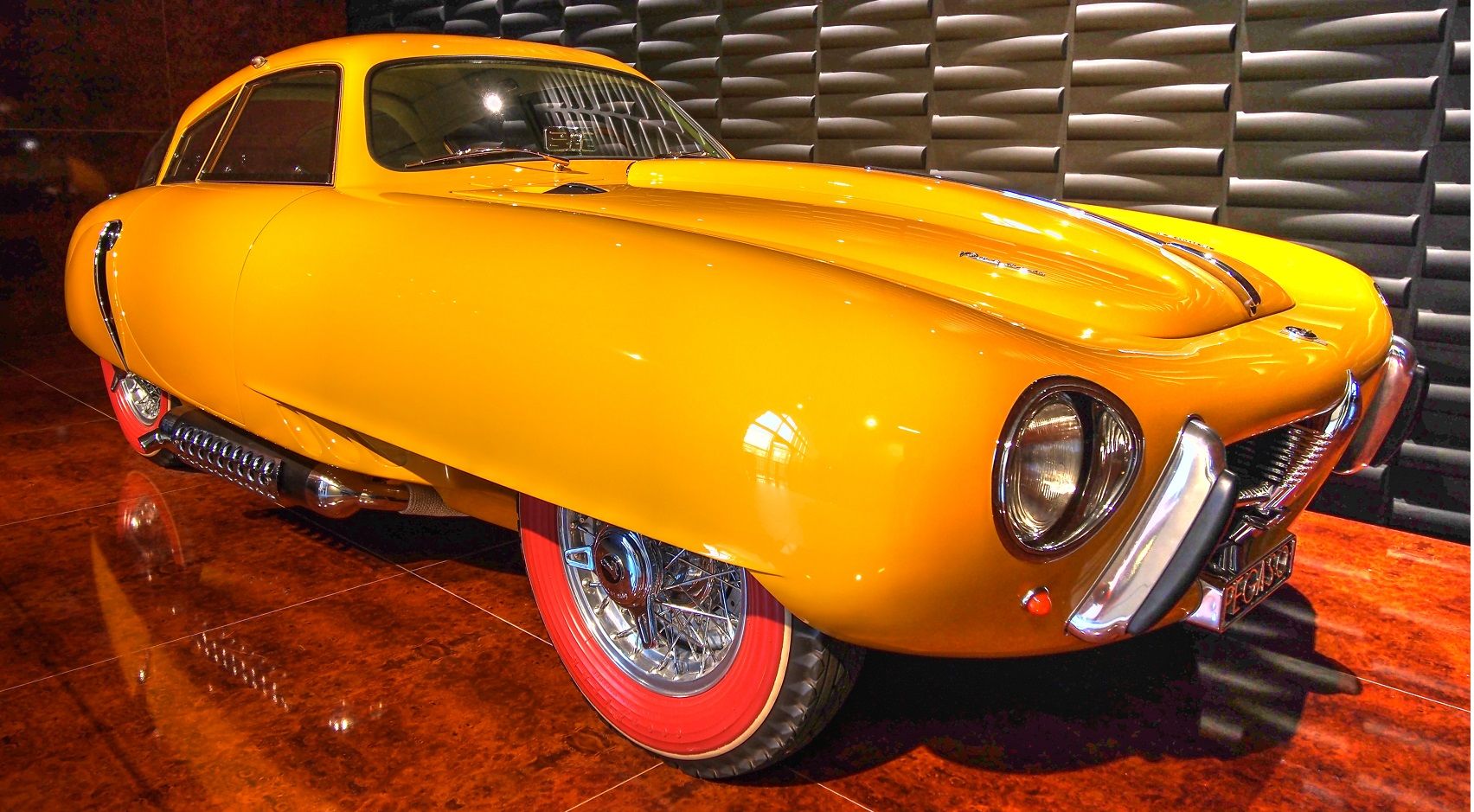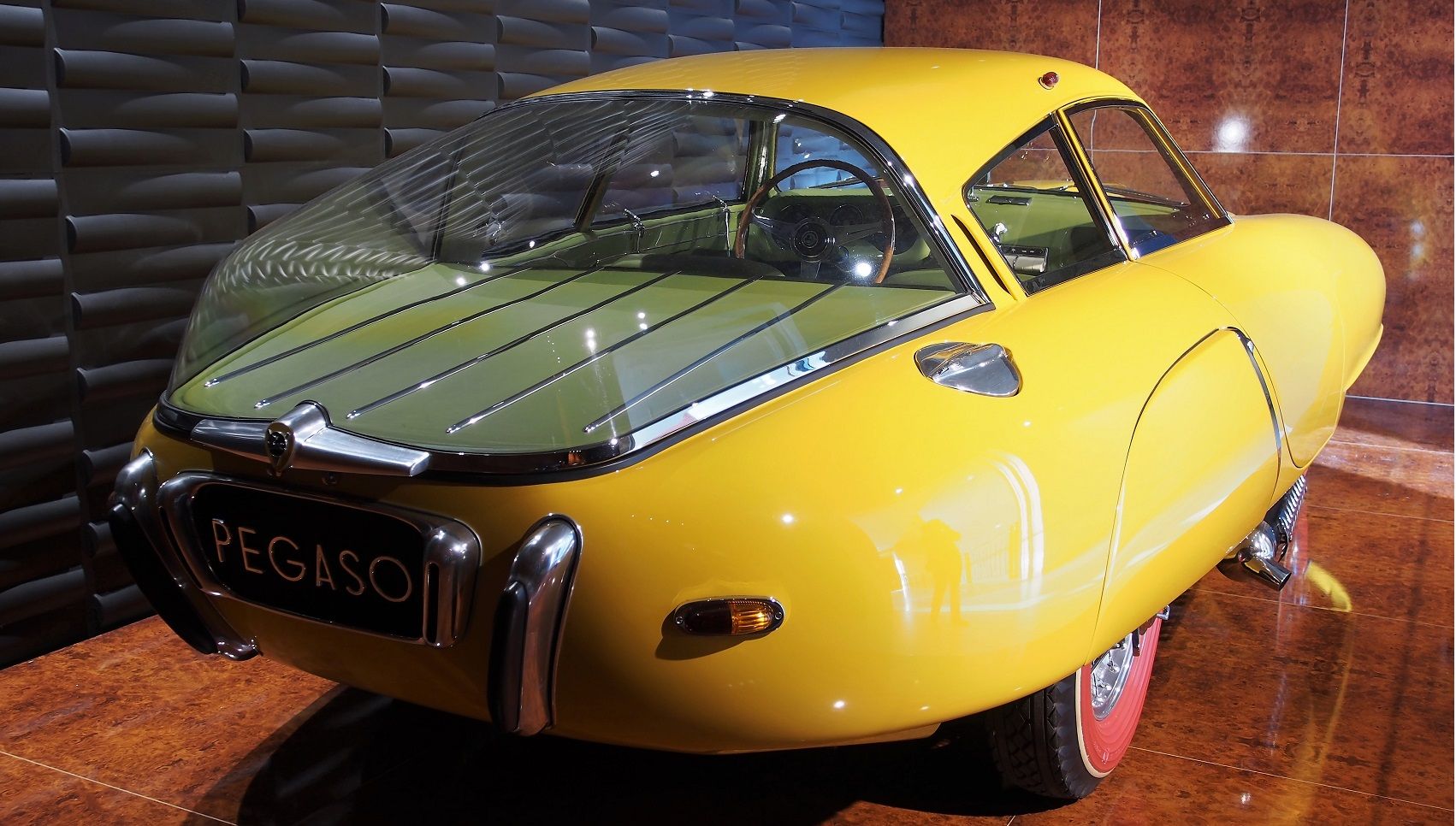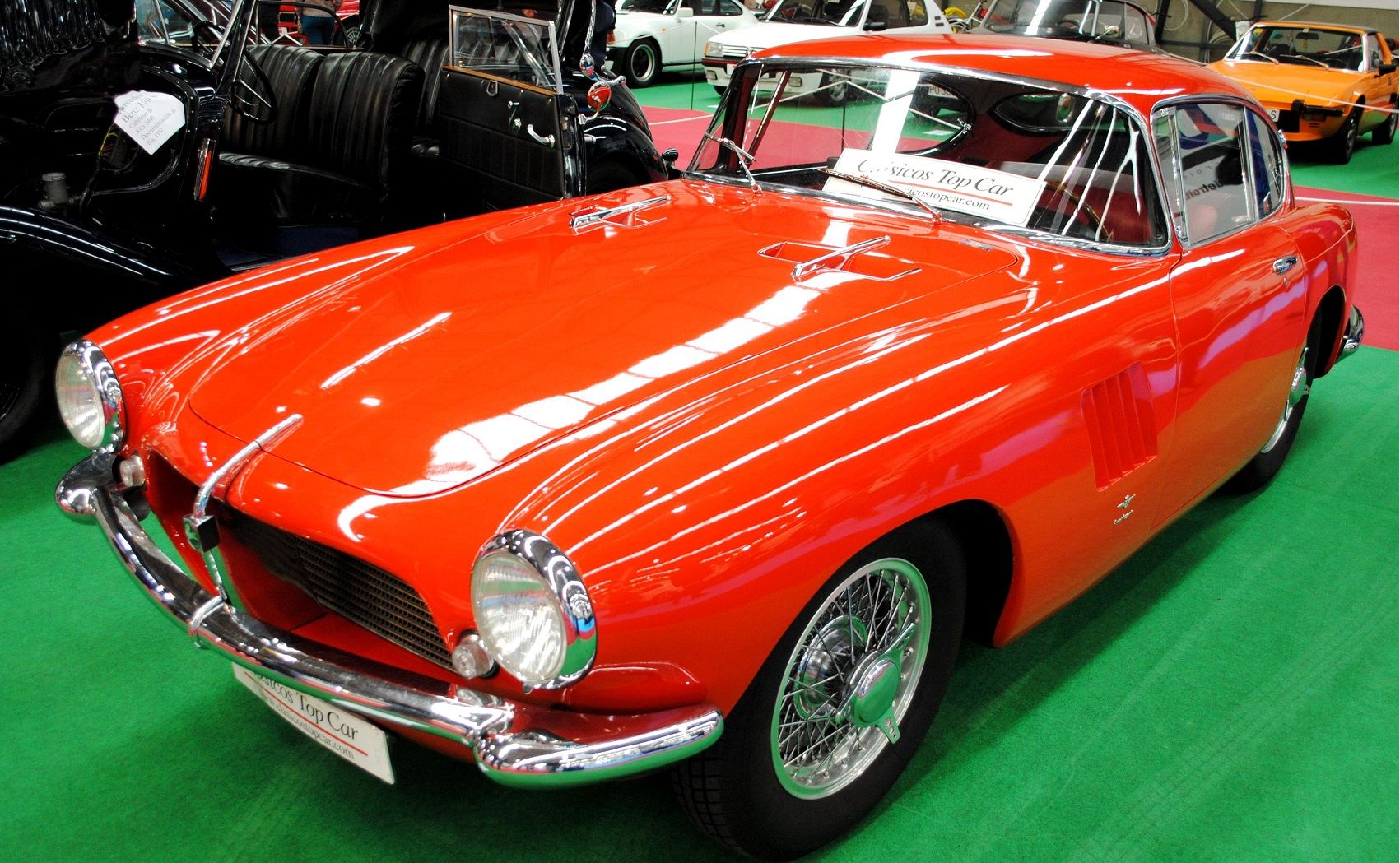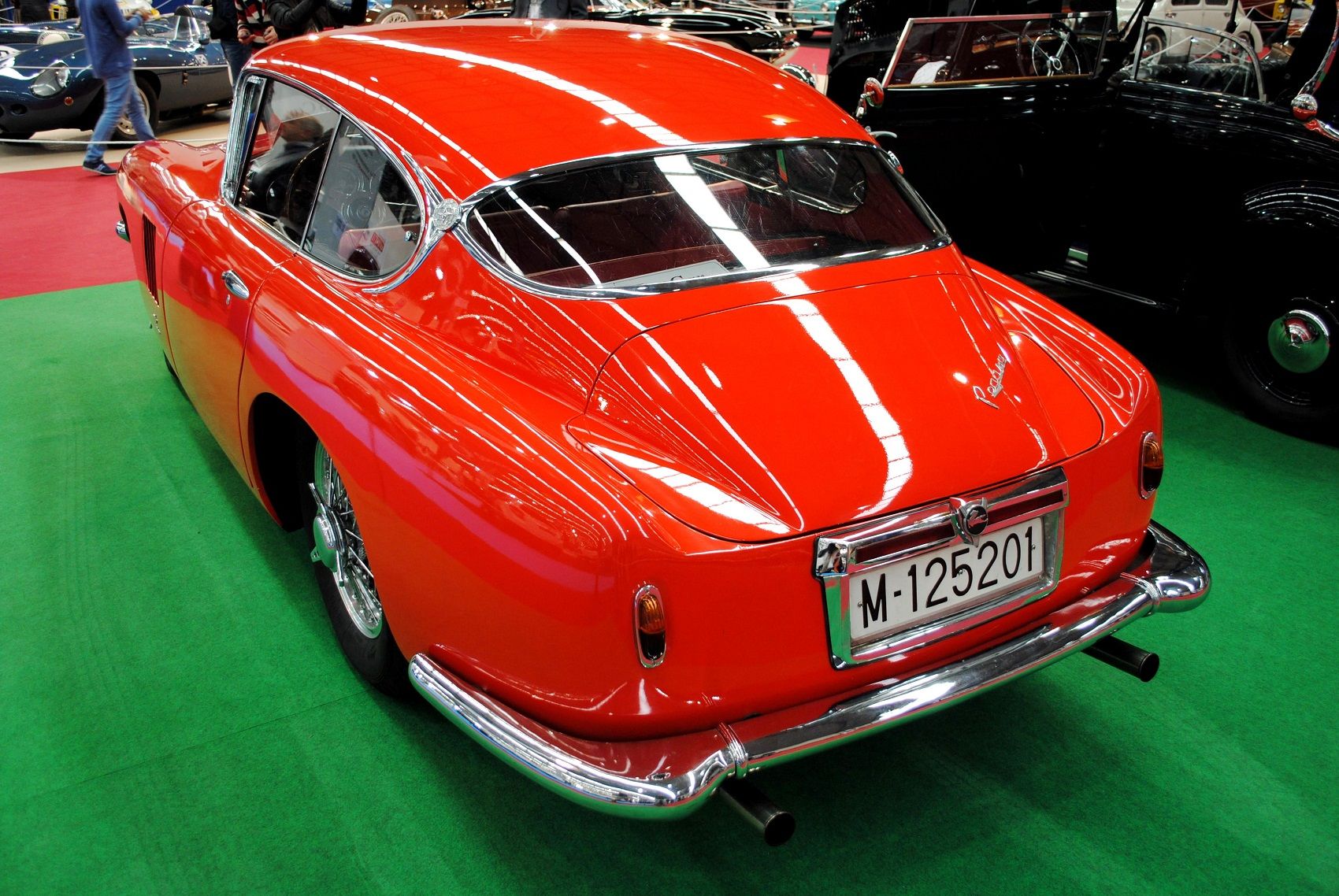Tasked with naming a Spanish car manufacturer most gearheads will struggle, half a dozen would be a great effort. Going back further it's a similar story, but among the few is Pegaso, maker of the Z-102, one of the rarest and most intriguing 50s sports cars.
Just another low volume sports carmaker with ambitious dreams? At the time, Pegaso punched well above its weight, out-engineering Ferrari with a first to market engine design. In terms of competitiveness, Pegaso's Z-102 snatched the world's fastest production car title away from Jaguar, it would appear ambition and ability were closely linked, and very much a reality.
The Z-102 was innovative, unique, and expensive, and without a long motorsport history, it was going to be an uphill battle to keep ahead of the competition. Pegaso's car manufacturing might have been brief, but long enough for the Z-102 to take its place among the best, and prettiest 50s cars.
10 Sí Señor, Español
The Pegaso name is sure to be an unfamiliar one among gearheads, and most would probably guess at Italian origins. However, being in the right region (Mediterranean climate) it might surprise many to learn Pegaso were actually Spanish, with a HQ based in Barcelona.
Founded in 1946, Pegaso's first automotive ventures weren't quite so glamorous as the Z-102, the Pegaso name itself applied to a range of modified Hispano-Fiat 66G trucks, with cars, cranes, military vehicles and road-trains appearing much later. As a manufacturer taken over by Iveco in 1990, the Pegaso name disappeared in 1994.
9 Pegaso Z-102 "Original"
Produced from 1951 onwards, before Pegaso moved onto bigger and better things, albeit briefly, the Z-102 is one of the rarest 50s era sports cars on the road with the best estimate of 84 examples produced. Needless to say, they don't come up for sale very frequently, adding to the confusion over its identity.
Originally penned by former Alfa Romeo engineer Wilfredo Ricart, the Z-102 started life as a pair of prototypes, one of each a coupe and roadster design. We use "originally" in the loosest terms here, despite the low production numbers there are several coach built variations in existence.
8 Coupe Vs Spyder
Post concept stage, the final Z-102 design changed, consisting of a mainly cosmetic changes for the nose, lights and grilles tweaked prior to production. The first Z-102s used bodies made in house before making the switch to Carrozzeria Touring, with a handful coach built examples produced by Serra and Saoutchik.
Variations in design and bodies aside, in all the split between coupe and cabriolet is believed to be 56 fixed-head coupes versus 28 open topped cars. Picking up one of the rarer open topped cars today will set you back $780,000+.
7 Exotic GT Racer For The Road
The Car for the connoisseur, or putting simply a thinly disguised race car in drop-dead gorgeous bodywork. Delve deeper into the Z-102s specification sheet and race-spec tech isn't difficult to find, dry-sump lubrication, sodium-filled valves, multiple carburetor set-up mimicking F1 regulations of the time.
Over its limited production life, Pegaso shipped Z-102s with a variety of engines on offer, entry-level cars equipped with 2.5-liter quad-cam V8s producing 165 hp through to 3.2-liter variants with optional superchargers boasting 360 hp good for a top speed of 151 mph. Beating Ferrari to the punch, it would be a further thirteen years before the Italian carmaker produced a quad-cam engine option.
6 Lightened Chassis, Stiffened Body
Brief glimmers of hope throughout production and competition use aside, the Z-102 although thoroughly modern in design was overweight from the outset, added to which high design and production costs the project wasn't sustainable. Weight saving practices were used, including alloy bodywork with stressed panels wherever possible, even the wheel arch liners are structural items.
Beneath the skin, pressed steel sections made up the Z-102s chassis, although heavier, Pegaso proceeded to punch a series of weight saving "lightening" holes through the structure, any gearhead familiar with Technic Lego will get the idea.
5 Quirky Interior
Powerful engines in lightened race style chassis' with an emphasis on weight distribution, Pegaso had its eye on the ball, surely the best car of its era? Well, don't be too quick to heap too much praise on the Z-102, it had some unique features, that naturally varied from year to year.
Faced with an instrument binnacle that places more importance on gas, oil and temperature over speed and revs, well okay we can live with that, especially considering the Z-102s steering wheel gives a clear unobstructed view, made easier by the genius inclusion of a telescopic steering column. But, what on earth were they thinking with the odd shifter pattern? Regardless of left or right-hand drive, gearheads be warned, every gear is not where you'd expect it.
4 Limited Racing Success
Race car for the road or vice versa, Pegaso clearly had Ferrari in its sights in 1953 with two factory backed examples taking on the fearsome Le Mans 24-hour endurance event. A poorly judge corner resulted in a serious crash prompted Pegaso to retire its remaining cars.
A similar tale of misfortune befell the team the following year, another high-profile error of judgement during the early stages of the 1954 Carrera PanAmericana robbing Pegaso of a promising finish. However, not all is lost, in 1953 using a back-up Z102 touring BS/2.8, Pegaso set a world beating top speed of 151.042 mph dislodging Jaguar's XK120. In a tale of what could have been, had Pegaso been able to run the BSS/2.5 Bisiluro as planned with a twin supercharger set-up, the record could have been higher still.
3 Z-102 Torpedo
Loosely resembling the Z-102, Pegaso's intended world record beating Bisiluro curiosity failed to claim the World's fastest title, leaving the honors to the more recognizable BS/2.8 mentioned previously. Taking its name from both the road car and Italian for Torpedo, the Bisiluro is an interesting mix of automotive meets aviation.
The standout feature here being the side mounted bubble canopied cockpit and twin rear-fin arrangement designed to make the Bisiluro as streamlined as possible, enabling the most efficient use of its twin supercharged 2.5-liter V8. Going fast is one thing, stopping is another, at the time drum-brakes were still common practice, Pegaso adopting an air-brake to help slow the Bisiluro down.
2 Students Vs Enasa In House Designs
Thankfully, just two of the these quirk Z-102 Cupula specials were made by in-house designer/fabricators Enasa, although the actual concept is based on sketches penned by students tasked with design a car of the future.
Interestingly, only prominent design ideas made the transition from paper to full-sized prototype, which makes us wonder just how wacky the original sketches were. Of the two Cupulas built, just one is known to exist and can be viewed at the Louwman Museum, Netherlands.
1 Pegaso's Legacy
Pegaso's last stand, the Z-103, built on the lessons learned from the Carrozzeria-designed and fabricated Z-102 with the intention of swapping complex quad-cam V8s for higher displacement units featuring overhead valves. Had production gone ahead in any significant numbers, gearheads would have a choice of engines from 3.9-4.7-liter displacements, supercharger upgrades remained an option.
However, Z-103 faired even less well than its predecessor with production ending after three examples had been completed, one cabriolet and two coupes the remaining spares later assembled in 1991 as a continuation car by IAD.

